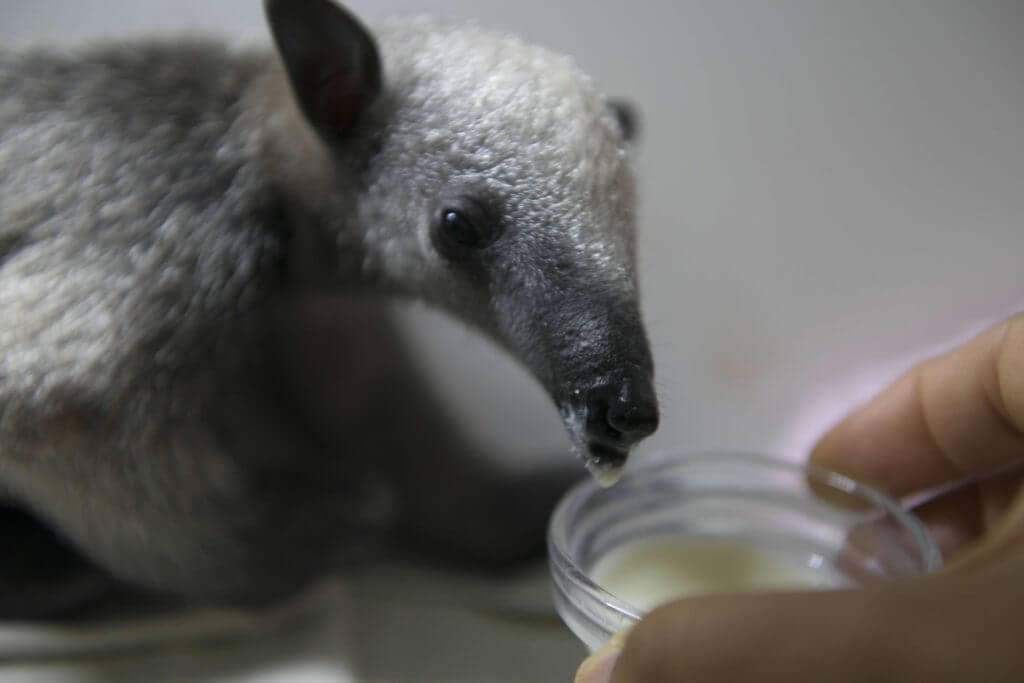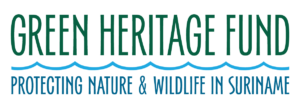
WHAT WILDLIFE WELFARE IS NOT
Further, there is a difference between animal welfare and animal rights [10], although both fields are grounded in ethical considerations of animal life. There are key distinctions between the two, which are often unknown, that make scientists, policy-makers, and regular civilians reluctant to consider animal welfare a legitimate field.
ANIMAL WELFARE
- Tries to reduce/minimize suffering animals experience from human activity
- Allows for human-animal interaction and the human consumption or use of animals, although within humane limits
- A scientific movement that tries to explain how humans should care for animals in captivity and in the wild
- Includes positive states and how humans can benefit the animals in their care
ANIMAL RIGHTS
- Calls for the complete elimination of negative human impact on animals
- Animals cannot be used or exploited by humans: no consumption, use for entertainment, research on animals, hunting, etc.
- a political/philosophical movement that assigns animals the same rights humans have
Welfare science does not try to separate humans from animals, it simply strives to improve the relationship we’ve already created. The field of wildlife welfare is flexible and understands its caveats. There are certain internal negative affects that can never be entirely eliminated because they are important biological functions that enable an animal’s survival, like hunger, thirst, and breathlessness. Because these effects can only be neutralized temporarily, it is important to minimize their intensity and duration. Also, because humans do not have control over every aspect of a free-living animal’s life, welfare for wildlife is much less hands-on than that of welfare for domesticated, captive, or farming animals. However, if there are human activities shown to produce negative welfare states in individual wild animals, managing or changing those activities is a way to improve wild animal well-being.
WHICH HUMAN ACTIVITIES NEGATIVELY IMPACT WILDLIFE WELFARE
As we move into the future, we consider more which human activities lead to population decline, extinction, and biodiversity loss. Similarly, we need to examine which actions of ours reduce the quality of life of individual animals, not just those that drastically reduce population size. Many problems that are already shown to negatively impact our environment also negatively impact the lives of the animals that live within:
- Deforestation and other habitat alterations— Forced relocation causes stress, food insecurity could lead to prolonged starvation, alteration methods could injure or frighten the animals, [9,10]
- Pest-control— certain poisons or traps do not cause immediate death, and can cause injury and pain that lasts days to months, sometimes inhibiting other biological functions like eating [12]
- Wildlife pet trade— the acts of capturing and relocating animals can cause stress or injury, inappropriate housing when kept as a pet can cause loneliness, frustration, and depression, inappropriate diet when kept as a pet can lead to malnutrition and disease [1]
- Pollution— chemical pollution, water plastic pollution, and air pollution can cause long-term injury and disease, reducing individual ability to perform other survival-critical functions [7,12]
- Boat usage— boats produce noise that can disturb animals in many ways, including causing necessary movement out of the habitat due to stress, effecting communication between animals, and disrupting foraging behavior leading to prolonged hunger [6]
- Hunting— an animal not immediately killed can suffer for days from injury and pain, other animals can ingest poisonous bullets [12]
WHY SHOULD WE CARE?
On top of the moral reasons to pursue practices to promote positive wildlife welfare, the well-being of wildlife actually has important implications for human health. Human health, animal health, and environmental health are all connected and can have serious impacts on the others, as emphasized through the One Health Initiative.

Many of the human activities that have a negative impact on wildlife welfare could also hurt human health. Wildlife pet trade reduces an animal’s wellbeing while putting them in closer proximity to humans, which could harm human health as well. Deforestation and habitat destruction increase the human-animal interface, increasing the likelihood of disease transmission. The same pollutants that reduce animal welfare are also pollutants that can cause problems for human health as well.
So, it is extremely important to assess what activities cause harm to wildlife, because they can also harm us. Therefore, considering wildlife welfare is not only ethically good, but also beneficial to human health and our environment.
